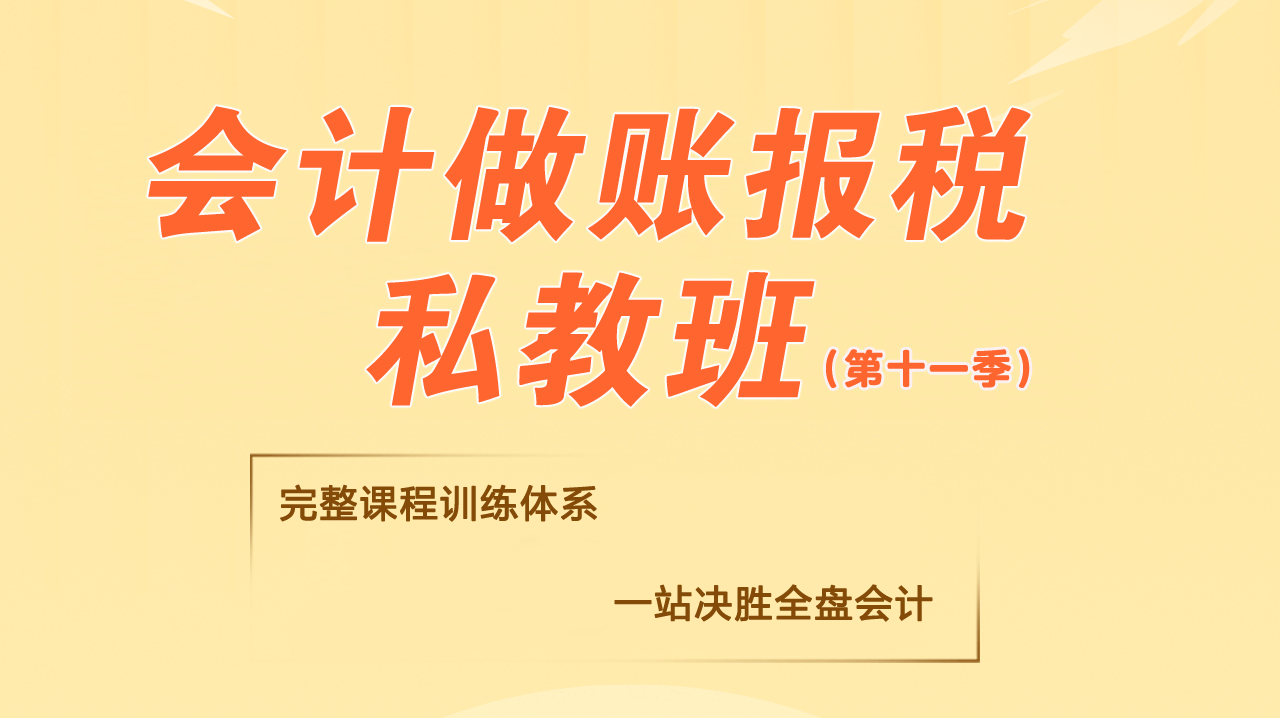中国需求推动德国复苏(双语)
German exports surged and industrial production showed big gains in May, with many of the country's manufacturers singling out China as the driver of what seems to be an ever-faster recovery of Europe's largest economy.
5月份,德国出口和工业产出呈现大幅增长。许多德国制造商认为,这个欧洲最大经济体不断加速的复苏,是由中国推动的。
“We're seeing a pick-up in Chinese domestic demand,” said Hans-Jochen Beilke, head of Ebm-Papst, which makes ventilators and electric motors. “The Chinese are buying more and more fridges, dryers and cars.”
风机及电机制造商ebm-papst的负责人汉斯-约亨•拜尔克(Hans-Jochen Beilke)表示:“我们看到,中国国内的需求正在回升。中国人正在购买越来越多的冰箱、干衣机和汽车。”
Daimler, the German carmaker, reported this week that its car sales in China reached 13,700 units last month, a 177 per cent year-on-year surge that helped lift global sales of its Mercedes and Smart brands by 13 per cent.
德国汽车制造商戴姆勒(Daimler)本周称,6月份,它在中国市场的销售量达到1.37万辆,同比飙升177%,为其梅赛德斯(Mercedes)和Smart品牌全球销售量增长13%助了一臂之力。
Mr Beilke said some sectors seemed to be “overheating” and that German exports might not continue to grow at their current pace. But, with demand increasing in other markets, recovery could keep going for a year or two, he said.
拜尔克表示,部分行业似乎存在“过热”,德国的出口可能不会继续以当前的速度增长;不过,考虑到其它市场的需求正在增长,德国的复苏可能会持续一到两年时间。
Industrial production rose 2.6 per cent in May, extending a 1.2 per cent gain a month earlier, with the economics ministry in Berlin reporting “above average growth rates” in the metal-working and carmaking sectors.
5月份,德国工业产出增长2.6%,延续了4月份1.2%的增长。位于柏林的德国经济部报称,金属加工业和汽车制造业的增幅“高于平均水平”。
Seasonally-adjusted exports rose 9.2 per cent against the previous month – almost as fast as the 10.8 per cent gain in March, the fastest month-on-month rise seen by the statistical office since the early 1990s.
经季节性因素调整后,德国5月份的出口环比增长9.2%。这个数字接近于3月份10.8%的增幅。而3月份的增幅是上世纪90年代初以来德国统计局发布的最大环比增幅。
Such trends do not make everyone happy, however. Europe and the US remain Germany's largest export markets, but some worry that German manufacturing might be becoming too dependent for growth on China at a time when the euro is again gaining strength.
不过,并不是所有人都乐见这种趋势。欧洲和美国仍是德国最大的出口市场,但有些人士担心,德国制造业可能会在欧元再次走强之时,变得对中国经济增长过于依赖。
“Without China we would hardly have seen this recovery – it's a frightening trend,” said Hannes Hesse, managing director of the VDMA engineering association. Demand for textile machines was “almost exclusively” Chinese.
工程业协会VDMA常务理事汉纳斯•黑塞(Hannes Hesse)表示:“如果没有中国,我们就很难看到眼下的复苏——这是一种可怕的趋势。”纺织机械的需求“几乎完全”来自中国。
“Demand?” said Diether Klingelnberg, chairman of Klingelnberg, a maker of machine tools based near Cologne. “It's China, China, China by a long way, then India, Brazil, then Russia – and the US remains weak, as do many of our European markets.”
“需求?”总部位于科隆附近的机床制造商Klingelnberg董事长迪特尔•克林格恩伯格(Diether Klingelnberg)说:“中国遥遥领先,接下来是印度、巴西,然后是俄罗斯。美国的需求依然疲软,欧洲市场的许多地区也是如此。”



